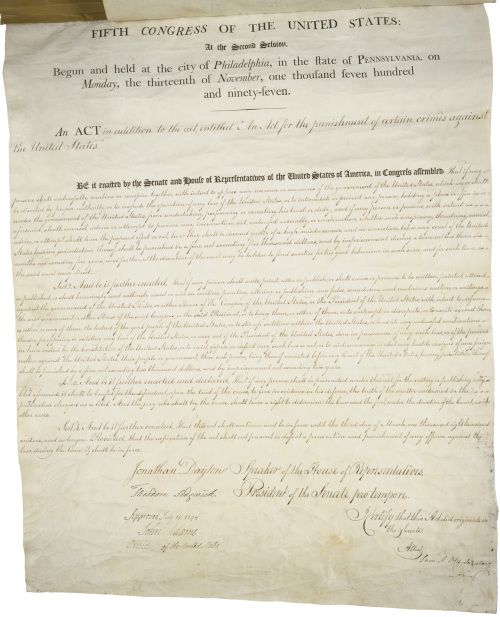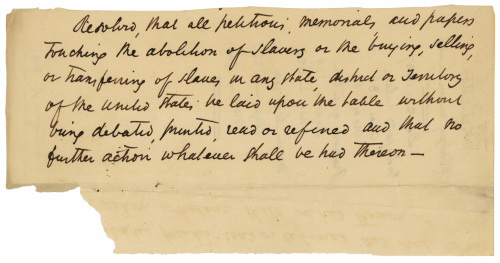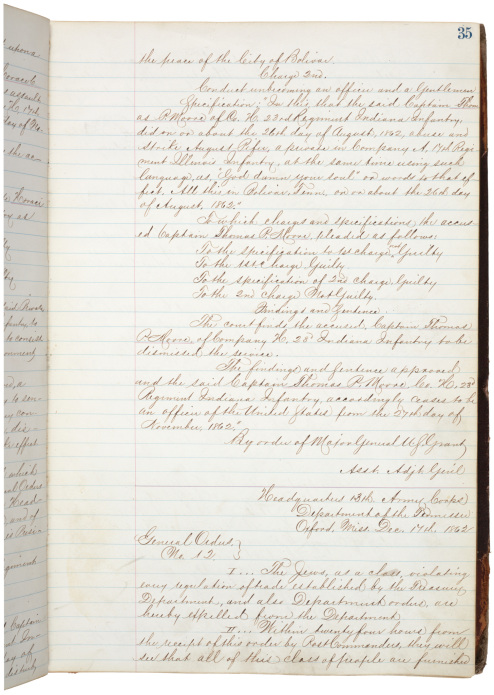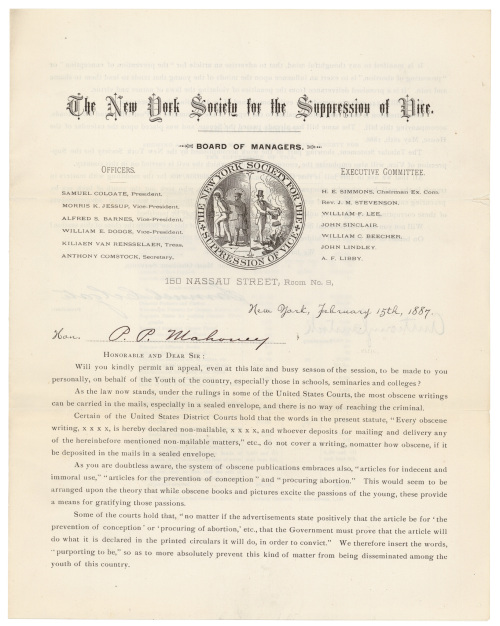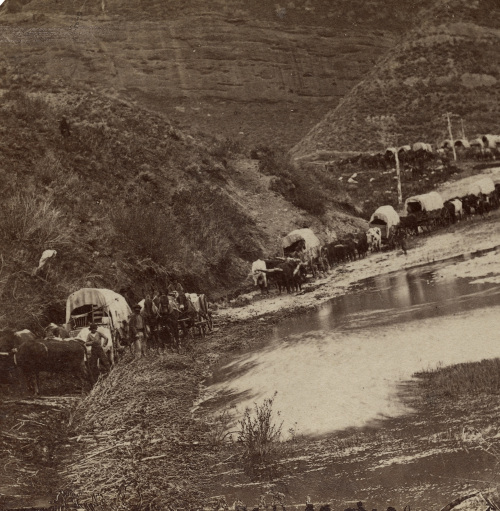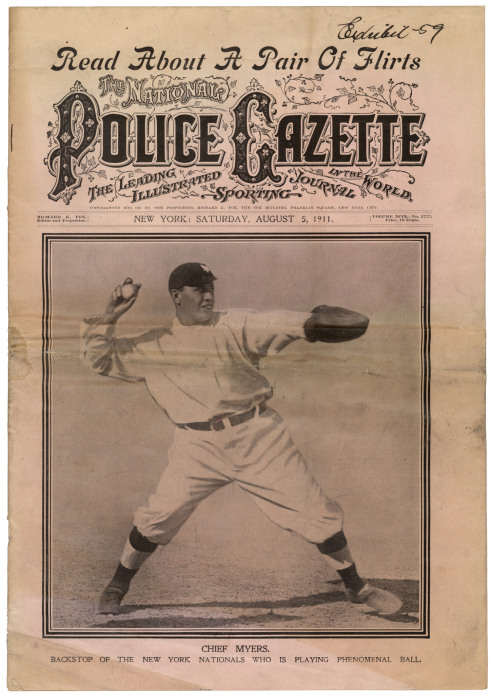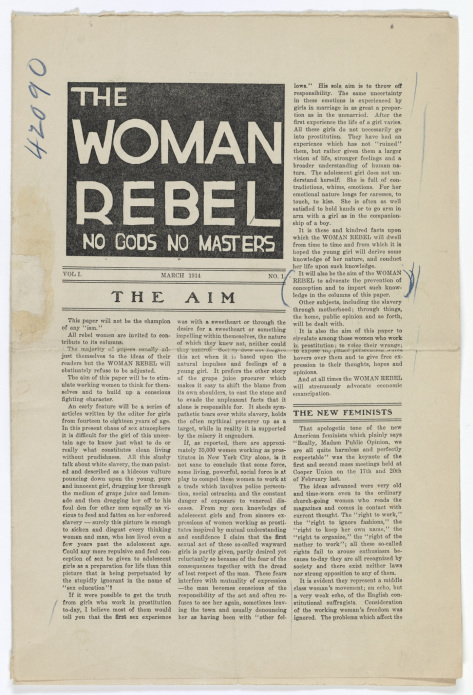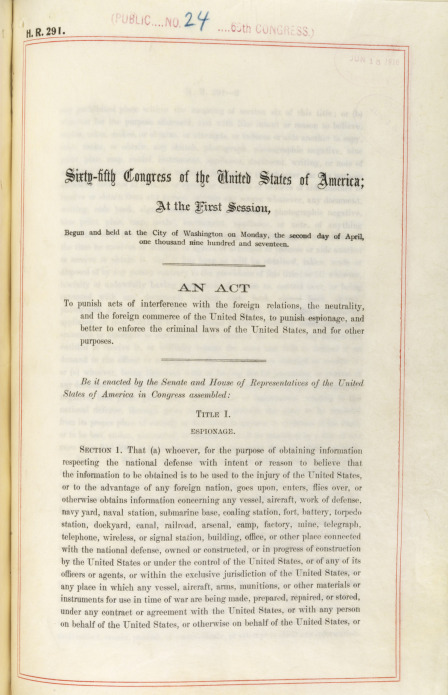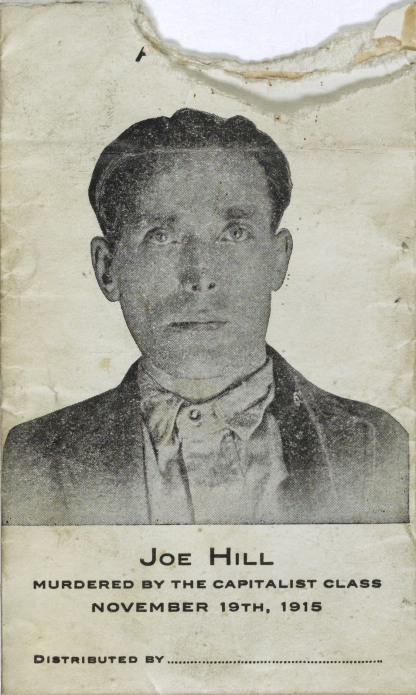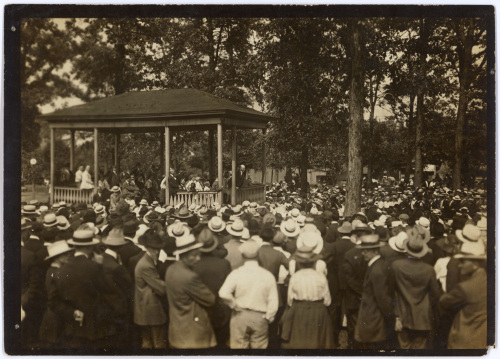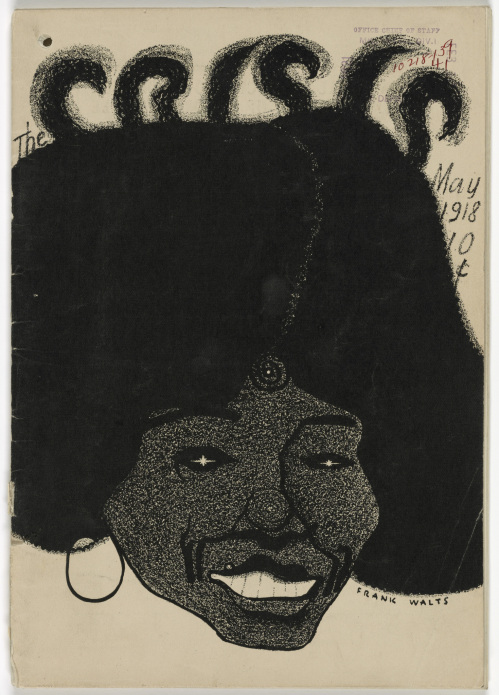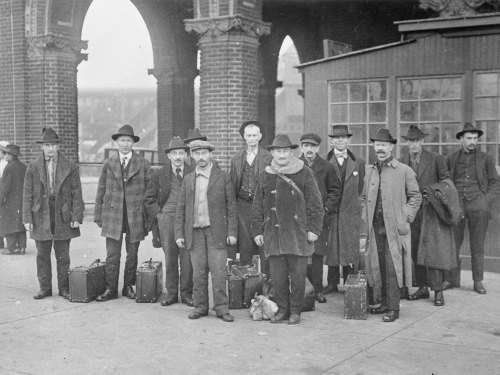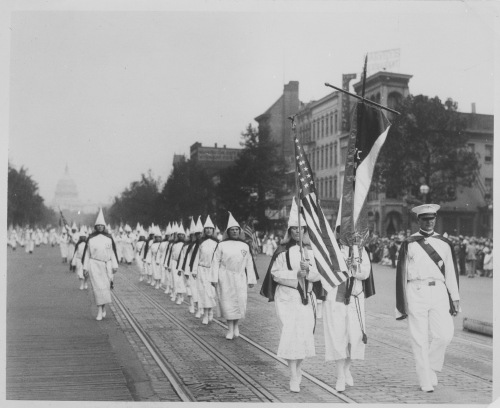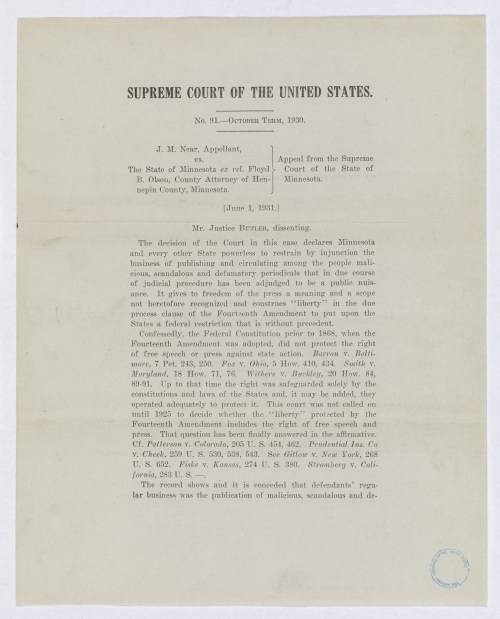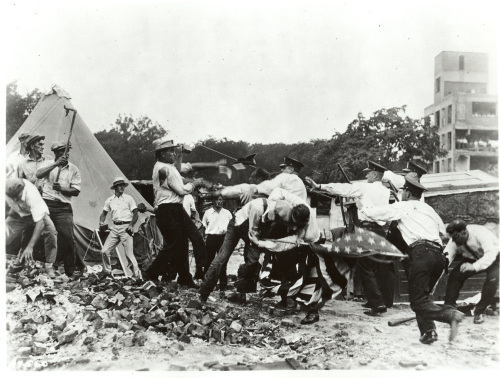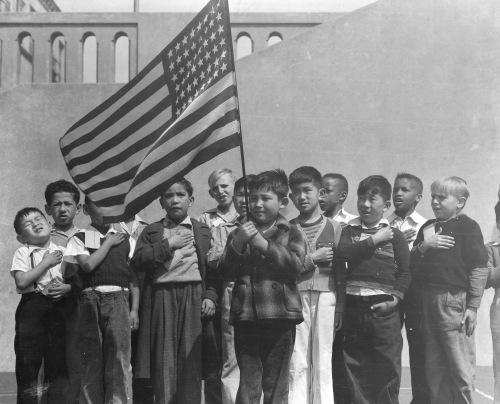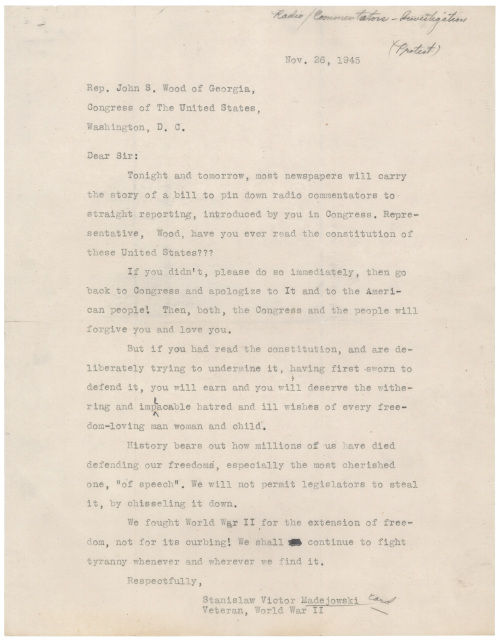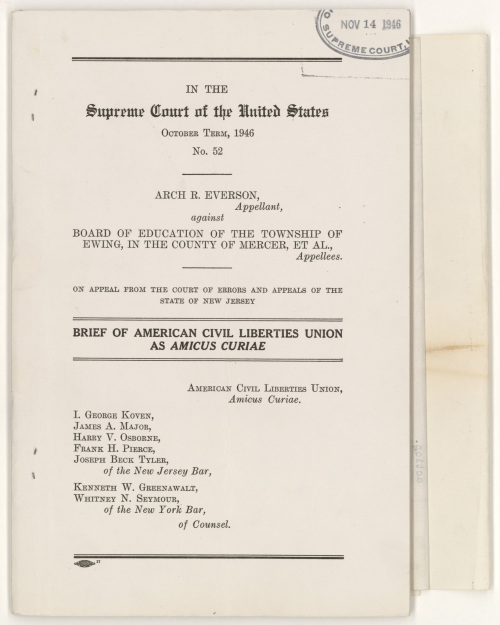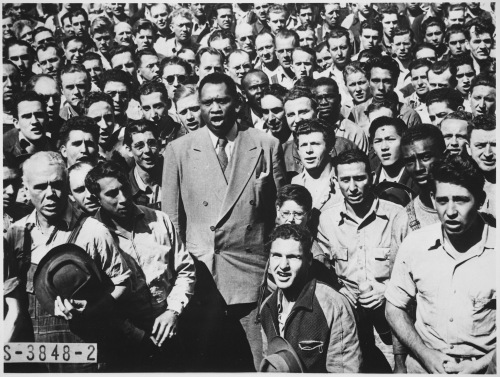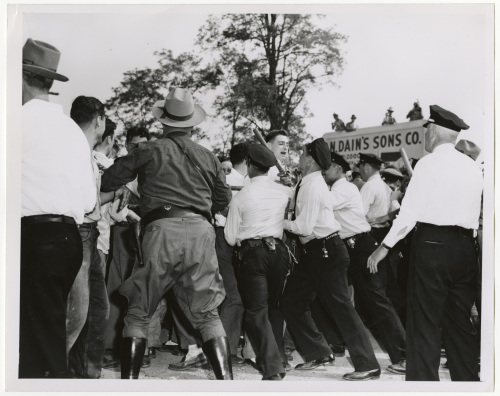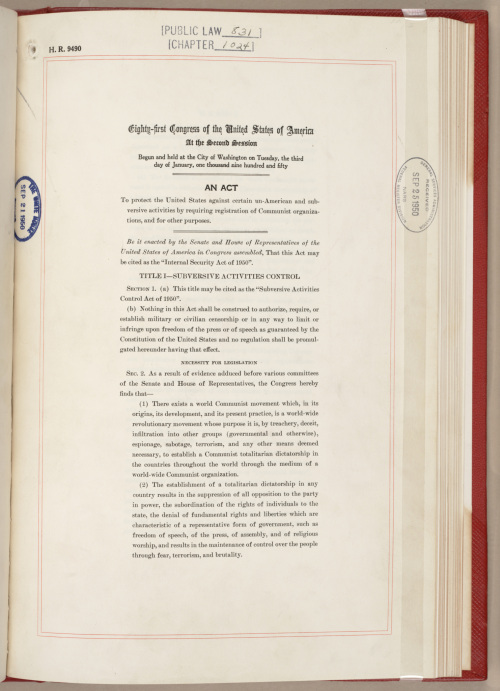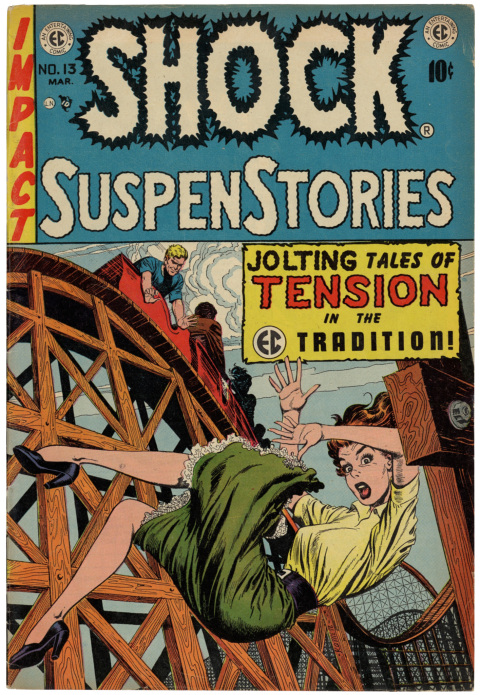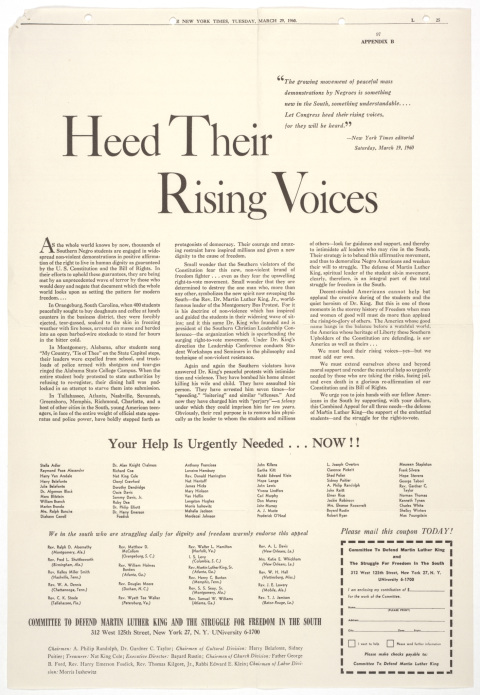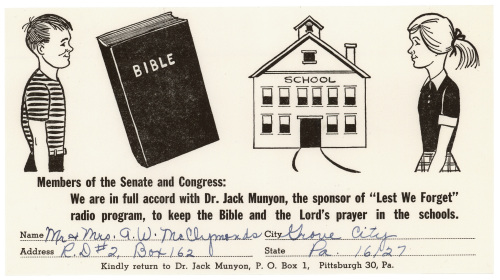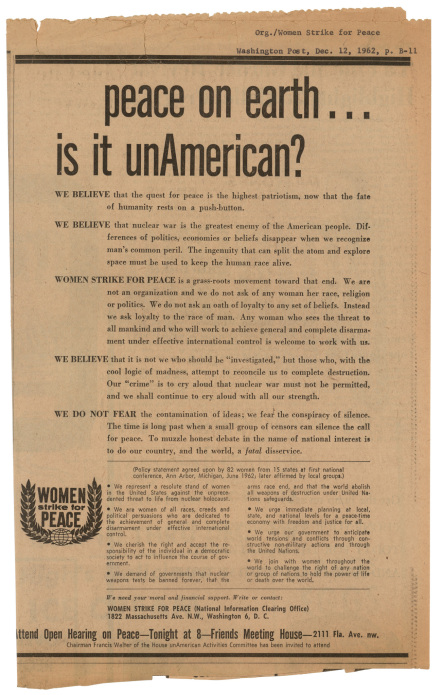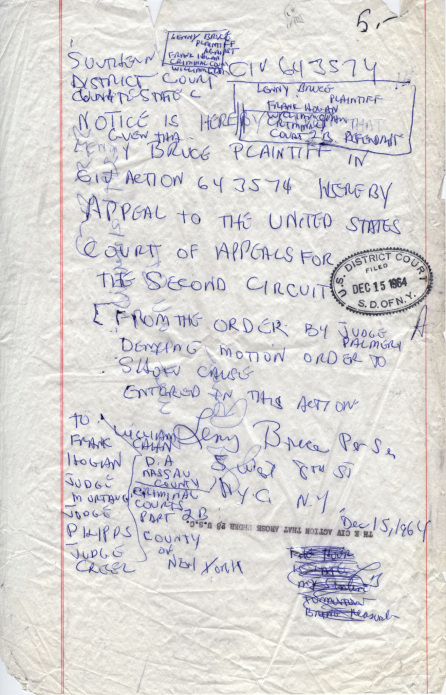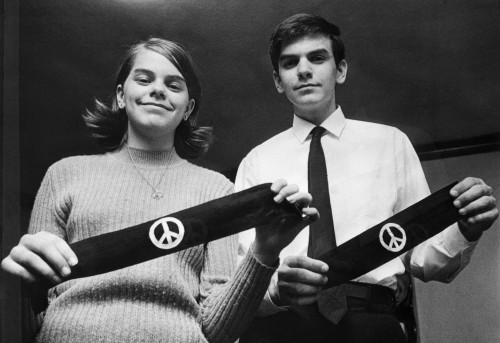First Amendment Rights
First Amendment Rights
But are there limits to the types of speech we protect? What happens when a publication threatens national security? How do we keep the practice of one religion from impinging on the rights of others? Americans have debated the boundaries of their First Amendment rights since those rights were delineated in the Constitution.
THIS SECTION INCLUDES STORIES ABOUT:
- Freedom of speech and the press
- Freedom of religion
- Freedom of assembly
- The right to petition the government
Chapter one
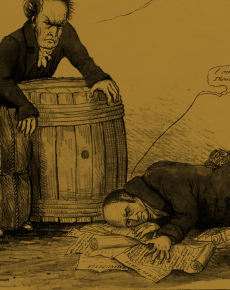
The first challenge to the First Amendment came just seven years after it was ratified. The 1798 Sedition Act criminalized criticism of the Government. In 1836 the “Gag Act” automatically tabled antislavery petitions. During the Civil War, Gen. Ulysses S. Grant issued an order that expelled all Jews from parts of Tennessee, Kentucky, and Mississippi.
Threat of War with France 1797–1801
Chapter two
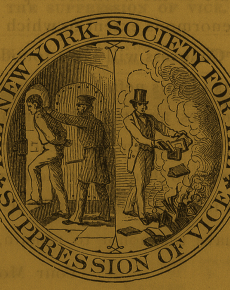
From 1870 to 1899, American society struggled to regain its footing amidst the upheaval of Reconstruction, industrialization, and unprecedented immigration. Crusaders pressured Congress to restore moral order. Congress responded with legislative acts restricting Americans’ First Amendment rights in the name of virtue—including the Morrill Anti-Bigamy Act and the Comstock anti-obscenity laws.
Chapter three
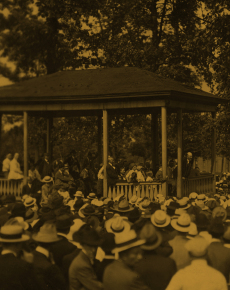
The fear that foreigners were working to destroy the Government gripped America during World War I. Foreign union members, considered a threat to corporate interests, were monitored and subject to arrest, violence, and deportation. African Americans who campaigned against lynching and discrimination were also under government surveillance during the First Red Scare.
World War I 1914–1919
Economic Prosperity 1920–1929
Chapter four
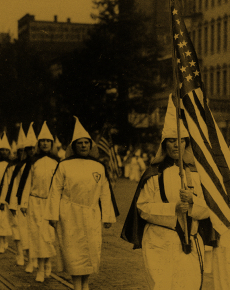
During the period between the two world wars, a series of landmark Supreme Court decisions protected the right of individuals to express beliefs contrary to those of most Americans. In a 1929 opinion, Supreme Court Justice Oliver Wendell Holmes wrote, “free thought—not free thought for those who agree with us but freedom for the thought that we hate” is a primary constitutional principle.
Chapter five
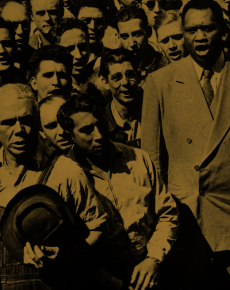
After World War II, the Soviet Union emerged as a powerful threat. Panic mounted when evidence surfaced that spies had infiltrated the U.S. Government. Terrified, few Americans dared to protest the drastic First Amendment violations of the Cold War years. Countless individuals were persecuted and blacklisted. The fear of speaking out would last for years.
The Cold War 1945–1962
The Warren Court 1953–1969
Chapter six
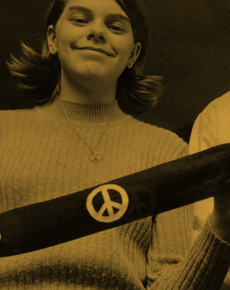
During the modern civil rights era, Americans who stood up (and sat down) for rights made significant gains, including First Amendment rights protections. A series of Supreme Court rulings reinforced the application of the Bill of Rights to state laws, protected the right to criticize the Government, and banned prayer from schools. But some Americans viewed these developments as a loss of rights.
What about contemporary Issues?
Most of the records in "Records of Rights" were created before 1980 because the National Archives generally receives permanent records when they are 30 years old or older. Prior to that, they are maintained by the federal agency that created them.


